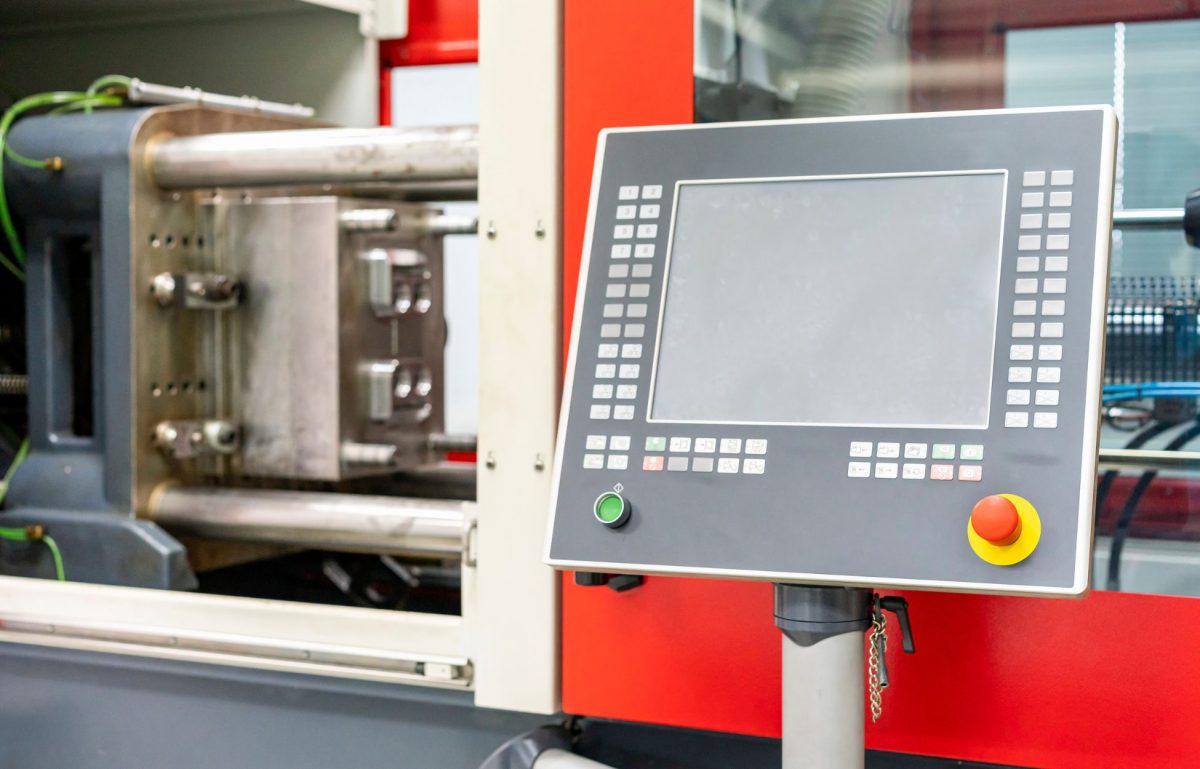In the world of manufacturing and production, efficiency and innovation lead to sustainable growth and competitiveness. Within this landscape, reaction injection molding (RIM) emerges as a pivotal process for industries seeking to enhance product quality while optimizing costs and material usage.
This specialized technique, involving the high-pressure injection of reactive materials into a mold, isn’t just a process but a pathway to innovation for various sectors. Learning how industries benefit from reaction injection molding will help you decide if this process can enhance your business with cost reduction, versatility, and sustainability.
Enhanced Design Flexibility
One of the stand-out benefits of reaction injection molding is the unparalleled design flexibility it offers. Traditional molding techniques often place constraints, especially with complex shapes or lightweight structures. RIM allows for the creation of parts with intricate contours and varying wall thicknesses without compromising structural integrity. This flexibility opens new avenues for product design and innovation, enabling industries to meet specific market needs and preferences.
Superior Material Properties
The materials that manufacturers use in reaction injection molding are typically polyurethanes. They offer superior characteristics compared to many traditional plastic molding composites. These materials provide a wide range of physical properties, including high impact resistance, flexibility, thermal insulation, and chemical resistance. Industries that operate under stringent material performance requirements, such as the automotive and medical sectors, find RIM particularly beneficial for its accuracy.
Cost-Effective Production
One of the main ways reaction injection molding reduces costs is by allowing for lower production expenses related to equipment and tooling. The RIM process requires relatively low temperatures and pressures, which means the machinery and molds can be less expensive compared to those necessary for traditional injection molding. This cost efficiency makes RIM an attractive option for small- to medium-sized production runs where the high tooling costs of conventional methods might be prohibitive.
Shortened Time to Market
In today’s fast-paced market, speed is essential. Reaction injection molding accelerates the product development cycle thanks to its rapid prototyping capabilities and shorter curing times. This means that companies can move from design to commercialization more swiftly, gaining a competitive edge by being the first to introduce new or updated products to consumers.
Sustainability and Eco-Friendliness
In an era where environmental consciousness is crucial, reaction injection molding stands out for its eco-friendly attributes. The RIM process generates fewer waste materials compared to traditional manufacturing methods, as recycling or repurposing the materials used is possible. The energy requirements for RIM are significantly lower, reducing the carbon footprint associated with production.
Industries benefit from reaction injection molding because it represents a significant advancement in manufacturing and offers unique competitive advantages. From automotive to consumer electronics, companies are leveraging RIM to produce high-quality, durable products at a lower cost with enhanced design flexibility and a reduced environmental footprint.













